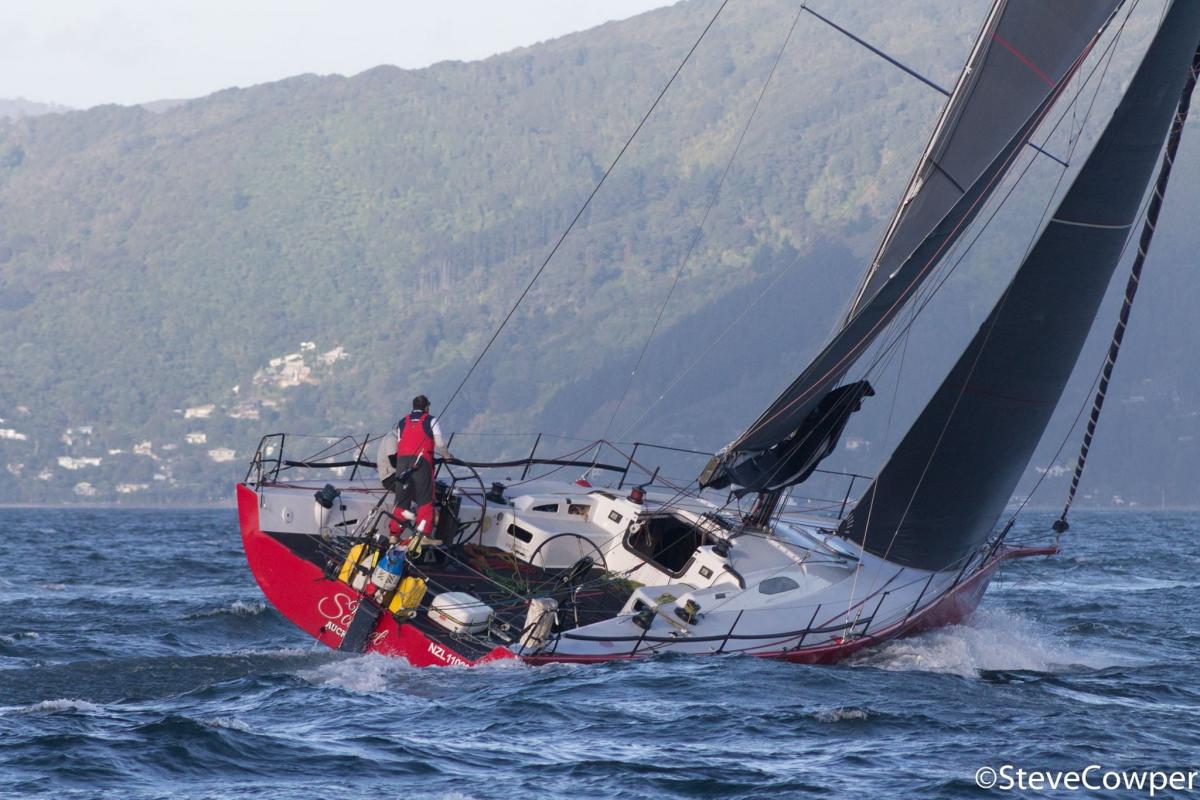As the year progresses, we are doing fewer category 1 inspections as people are preparing for local events such as the SSANZ series as well as large events like the PIC Coastal Classic.

There is a great deal at stake for the offshore yachtie and the service offered by inspectors is seen as multi-faceted.
Not only do they ensure regulatory requirements are met, but they also provide an experienced sounding board to support the sailors in their preparation for an offshore voyage. The yacht inspectors are an eclectic group, however, they have one thing in common: they all have significant experience sailing and motoring boats offshore.
The other thing they have in common is that they were invited to join the programme on the basis they had the necessary knowledge and experience but were also committed to helping people achieve their sailing goals.
For some yachties, gaining a category 3 safety certificate is simply part of the box-ticking exercise of participating in a particular event. In some ways, I can empathise with them, however, when most people have gone through the process they can feel better prepared than if they hadn’t.
The owner of a brand new production boat springs to mind; he had minimal experience and wanted to participate in the PIC Coastal Classic.
The boat had recently been commissioned by the agents and handed over, the safety equipment was still in the packaging and the owner was still learning where everything was. Being an unreasonable type, I asked him to do a radio check. He found, much to his frustration, the brand new VHF radio was not working despite assurances that it was.
There were also some harnesses purchased for the event neither of us could work out how to use. They were subsequently exchanged by the chandlery for a different model which would lead me to believe that they were faulty.
There were a number of other issues he worked through and I did feel a little uncomfortable going back for a fourth time to ensure everything was up to scratch, however, the following year we had a good chat at the briefing so I guess there were no hard feelings.
When preparing for a safety inspection, treat it as part of the experience. The journey is the destination. Look at every aspect and consider how it applies to your particular boat.
There are calculations for storm jib sizes in the Safety Regulations of Sailing 2017-20 but it depends on whether you are going to fly the sail from the forestay or the inner forestay. Your sail maker will be able to advise you on the appropriate size for your boat.
How is your boat set up to cope with a man overboard situation? When was the last time that you took the rigging screws off the chain plates and cleaned and inspected the chain plates? When was the last time you went up the rig and inspected the sheaves etc? Is everything secured below? How do you manage the induction of new crew members and do you have a yacht manual to give them? The list goes on.
Over the years I have seen some really good safety programmes and this is reflected in their results and how they enjoy their yachting. The better prepared, the better the experience.


